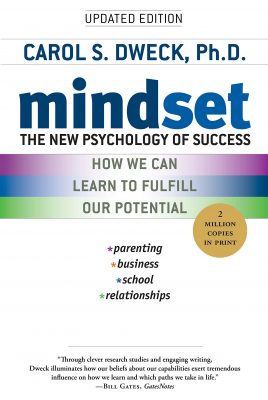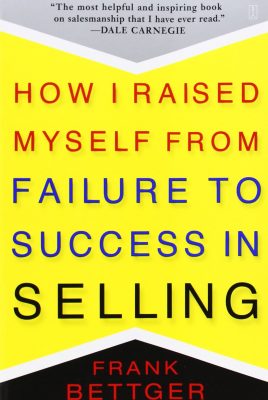Note: This post contains affiliate links which means if you click on a link and purchase an item, we will receive an affiliate commission at no extra cost to you.

Why This Book Matters:
In a world where we try to avoid volatility and uncertainty like the plague, this book explains why we need to do exactly the opposite: become antifragile. Find out why Taleb claims that the success of modern society depends on people and organizations learning to benefit from volatility.
Key Takeaways:
- Antifragility is the necessary antithesis to fragility and drives human progress
- To be antifragile, you have to learn to benefit from–not just be indifferent to–volatility.
- Example: Hydra, a mythological serpent that grew two heads back every time one was cut off in battle is the perfect embodiment of “antifragile.”
- The success of an antifragile system is wholly dependent on the fragility of its parts
- Each failure of a fragile component shows the overarching system how to evolve.
- Example: The failure of firms in competitive markets helps the economy grow stronger.
- Antifragile systems grow stronger when their parts are put through stressors
- To survive stress, a system overcompensates to prepare for future adversity.
- Example: Our bodies grow new muscle as a result of consistent stress from exercise.
- Tranquil environments create fragile systems, while volatility creates antifragility
- Lack of volatility can lead to fragility because there is no pressure to evolve.
- Example: Efforts by governments to avoid economic volatility create fragile economies.
- You can take advantage of a volatile system without understanding it completely
- Academic knowledge isn’t needed to win in antifragile systems, just street smarts.
- Example: Some of the most successful investors do not have a formal education; they just know when to take advantage of certain opportunities.
- Becoming antifragile means taking advantage of risky events
- Brace yourself for uncertainty by accepting it and preparing for all scenarios.
- Example: Smart investing means putting most of your money in safe bets, and a small portion of your money in antifragile systems that are full of big wins and losses.
- The larger the antifragile system is, the harder it gets hit
- Volatility operates on a sliding scale depending on the size of the antifragile system.
- Example: All economic entities are tied together by the global economy. One hiccup in a business can affect a completely different business halfway across the world.
- Naive interventionism only pushes problems into dormancy until they explode
- Many decision makers today try to remove volatility from existing antifragile systems instead of allowing small flare-ups to occur for the good of the overarching system.
- Example: Small forest fires help prevent catastrophic fires by burning up excess brush.
- Be wary of making predictions based on past events
- People often assume that the worst event they have seen is the worst that could happen.
- Example: The Fukushima nuclear reactor could not withstand the 2011 earthquake because it was designed to sustain the intensity of weaker past earthquakes.
- We underestimate the value of antifragility in societal progress
- Many of our past achievements have been a result of trial and error and antifragility.
- Example: The Industrial Revolution came as a result of thousands of amateurs tinkering with inventions, not systematic progress fueled by theoretical, academic knowledge.









Leave a Reply
View Comments